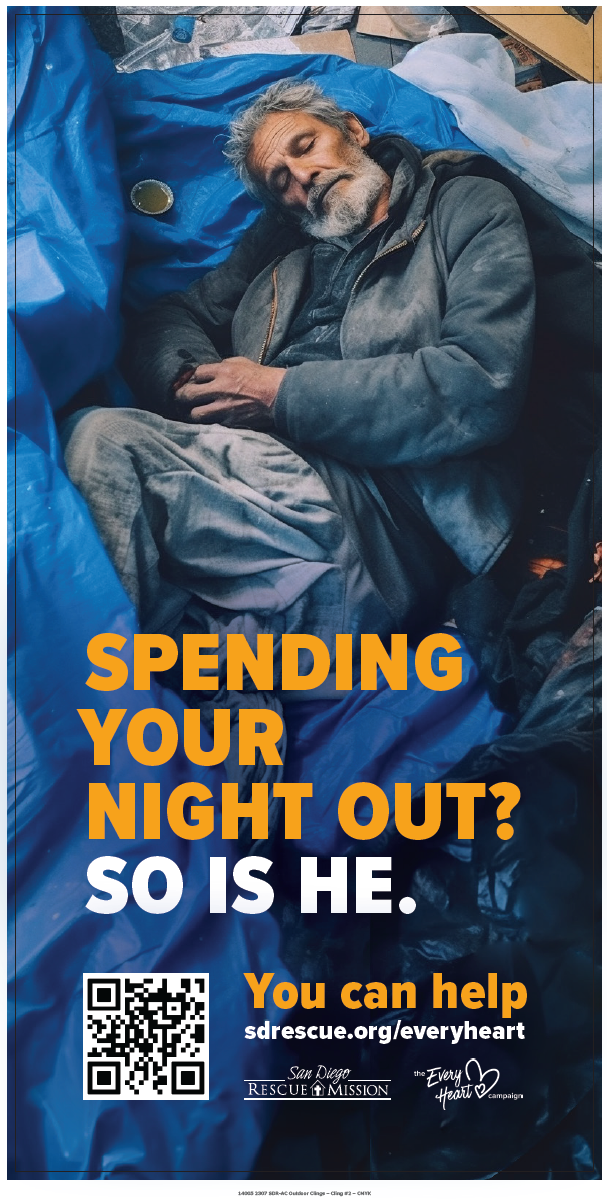World Vision Micro
How can a micro loan change someone’s life?
During my time at World Vision I had the privilege being a Product Director for World Vision MICRO, a program that provides microfinance loans to people around the world.
The one problem? World Vision is primarily known as a child sponsorship organization, and the rules of engagement were skewed.
The Challenge:
Grow the product, but don’t hurt child sponsorship revenue. Oh… and you can’t use the same acquisition channels.
World Vision is a global brand with well established partnerships, but all of those were off limits. We needed to find new revenue streams.
The Solution:
The first step was to take a deep dive into the data. Who was currently giving to this product and did they look different than a traditional child sponsors? Using 1st and 3rd party data, we built out personas that identified the target audience, and also their media habits and preferences.
A child sponsor was married, and the husband was generally the breadwinner. They had two to three kids, a college degree, attended church regularly, lived in the suburbs and drove a U.S. manufactured SUV.
But a MICRO donor looked different!
They were married, but BOTH partners had masters degrees and worked in an office environment. They probably only had one child, lived closer to a major metropolitan area, and drove a German SUV.
These donors didn’t just want you to speak to their heart, they also wanted to see the numbers. Was their donation really making a difference?
So what did we do about it?
Instead of Christian concerts, we targeted business conferences and retail partners. Instead of direct mail, we used traditional and emerging digital media to reach them. We invested heavily in the online experience, allowing a donor to fund a loan over their phone (which was a big deal 10 years ago!).
The Results:
The results was a 50% increase in donors within the first 12 months, and no cannibalization of revenue between child sponsorship and microfiance products.
Awareness Campaigns
Could San Diego Rescue Mission turn the tide?
At my current position at BDI, I served as the strategic lead for the Every Heart Campaign for San Diego Rescue Mission.
The Challenge:
Since January 2020, homelessness in San Diego had increased by 10 percent, with most recent counts identifying more than 12,000 people experiencing homelessness locally. The need was greater than ever… but so was the public’s compassion fatigue.
The Solution:
The San Diego Rescue Mission launched the Every Heart capital campaign to expand local services. BDI created a multi-channel awareness campaign using a rallying call to action, ”Don’t let despair win,” to reinvigorate community support and hope.
The Results:
21 million Impressions
9+ mission out-of-home media impressions
137% increase in website traffic
But, we also learned how AI images could help communicate the need.
A key innovation of the awareness campaign was using AI imagery to illustrate the challenges women and children face on the streets. It clearly presented the need and showed situations of crisis, while still protecting the privacy of this vulnerable population.
The AI-generated imagery of women outperformed images of men in Facebook campaigns and generated 6.3+ higher ROI. This was surprising as traditional photography of men in need typically performs better than photos of women. This demonstrates an increasing sensitivity to the plight of homeless women and women with children – a key population the Rescue Mission serves. It also shows the power of AI imagery to move donors to respond to a need that may otherwise be difficult to capture through traditional photography.


